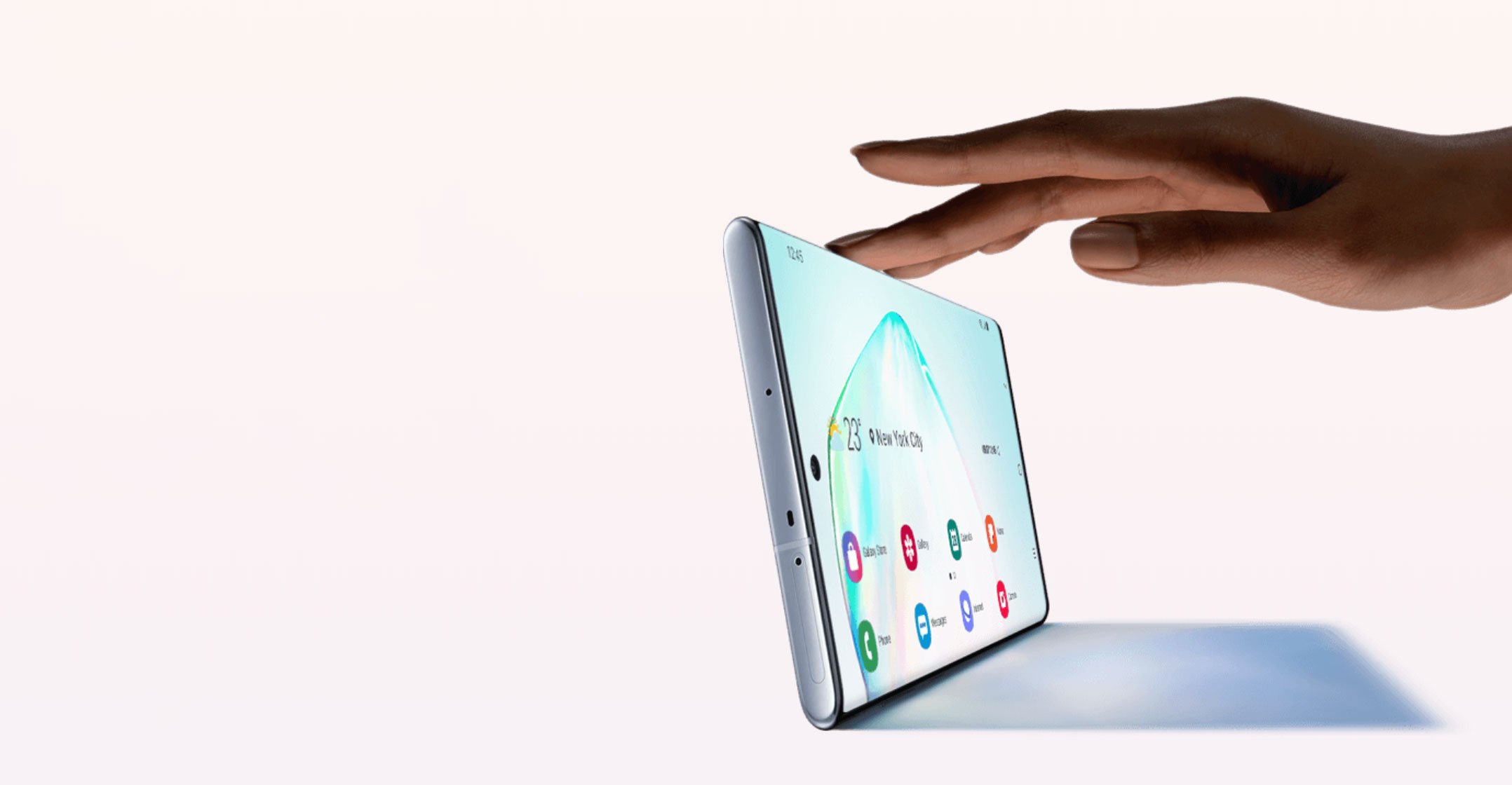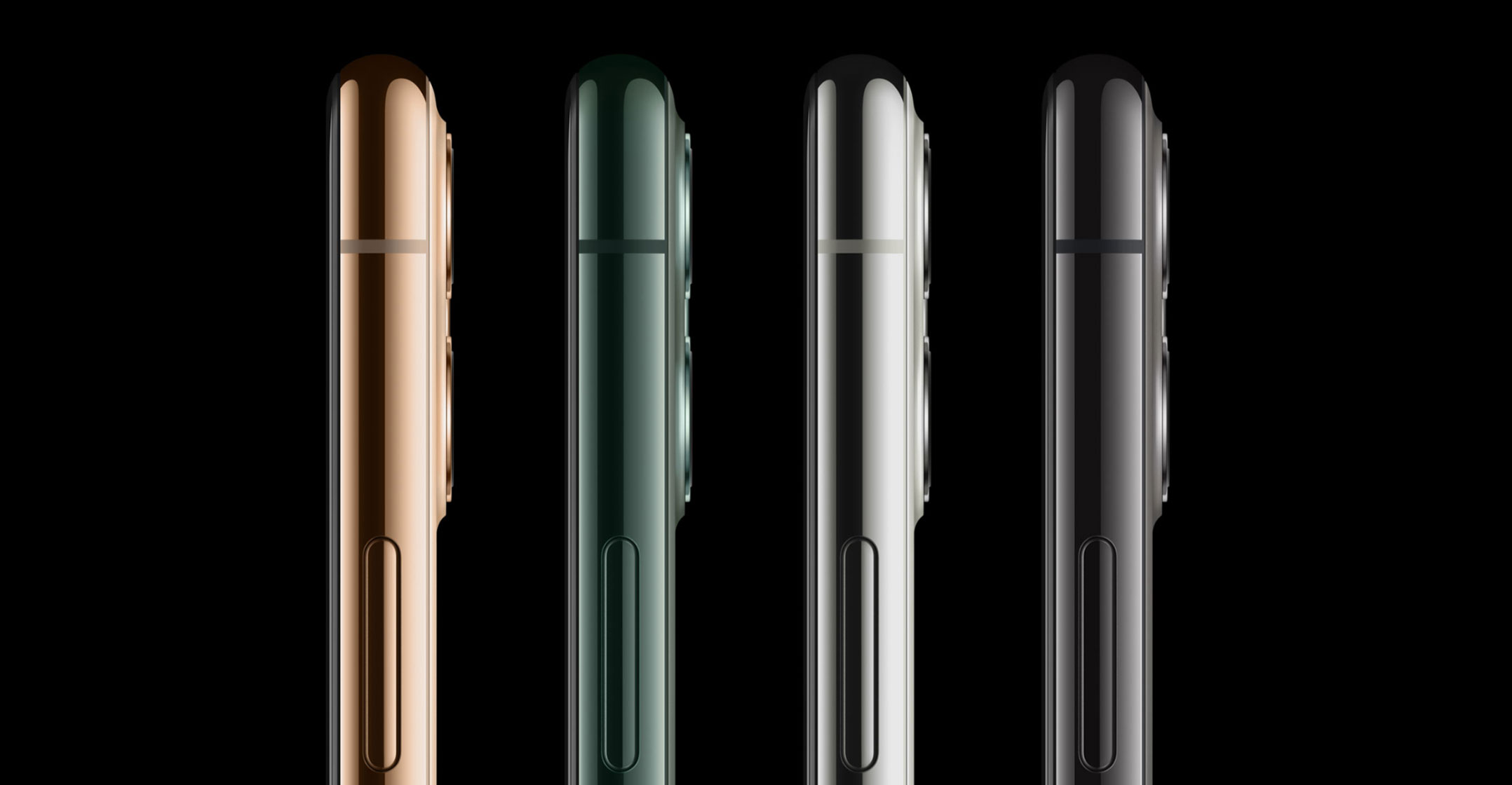 Samsung Electronics posted earnings that handily beat analyst estimates as stronger smartphone demand offset price declines in the memory chip business.
Samsung Electronics posted earnings that handily beat analyst estimates as stronger smartphone demand offset price declines in the memory chip business.
Operating income was 7.7-trillion won (US$6.4-billion) in the three months ended September, compared to the 6.97-trillion won analysts had forecast, according to estimates compiled by Bloomberg. Still, that is a profit decline of more than 50% for the Suwon, South Korea-based company.
Samsung, the world’s largest producer of mobile phones and smartphone displays, is benefiting from solid demand for its Note10 and for Apple’s iPhone 11 Pro, which uses the company’s OLED displays. Yet, the memory chip business has been its most profitable and uncertainties there have lingered because of the ongoing US-China trade war and Japanese restrictions on the export of materials essential for chip and display production.
“It’s better-than-expected results as mobile business made a huge improvement,” said Park Sung-soon, analyst at Cape Investment & Securities.
Shares rose as much as 1.4% and had climbed 23% this year through to Monday’s close.
Sales for the third quarter were 62-trillion won, beating the average projection compiled by Bloomberg of 61.14-trillion won. Samsung won’t provide net income or break out divisional performance until it releases final results later this month.
Samsung’s new high-end smartphones, including the Galaxy Note10 and Galaxy Fold, helped cushion profit declines in the memory business. Its display business is recovering from a slump, with strong demand for OLED displays for smartphones such as Apple’s iPhone 11.
Trade war
The volatile business environment due to the US-China trade war and South Korea-Japan spat has fuelled uncertainties and made it harder for the market to gauge demand. As Japan’s export curbs on key materials used in chips and display production kicked in in early July, clients raised their inventories of memory components to minimise risk, according to a note from TrendForce on 26 September.
“The stock-up demand was stronger than expected this third quarter due to the seasonal tailwinds and the pulling forward of end product shipments ahead of a possible new round of US tariff increases in December,” said TrendForce. “Consequently, the overall trend of contract prices also shifted from decline to stability during the third quarter.”
Analysts raised operating profit estimates in recent weeks as dynamic random-access memory shipments improved in the third quarter. Citi estimated Samsung would report semiconductor profits slightly higher than its previous estimates, supported by a 30% increase in DRAM shipments quarter-on-quarter, despite a 20% drop in DRAM prices.

Concerns over the impact on the production of chips and displays have eased among some market watchers as Japan approved shipments of key materials to Samsung. Liquid hydrogen fluoride — a highly purified chemical used to refine chips in production — has not been approved for shipment to South Korea so far, but multiple reports and analysts indicate a local supplier may be able to provide substitutes.
“Although DRAM and NAND demand is recovering and shipments in the third quarter were quite robust, there is scepticism about the sustainability of the demand upturn,” said Sanjeev Rana, technology analyst at CLSA.
With the trade war issues hanging over the tech industry, Micron Technology warned that the tensions may prolong a memory-chip industry slump and gave a disappointing profit forecast. Despite the cautious outlook, investors are growing more bullish on Samsung amid hopes for an end to the slide.
“As inventory de-stocking cycles end at major customers, we expect the memory industry to enter a recovery stage in 2020, while the magnitude of recovery will be more gradual (especially for DRAM) relative to previous upturn cycles,” JP Morgan said in a 3 October note.
In the third quarter, contract prices for 32GB DRAM server modules fell 13.8% compared to the previous quarter while those for 128GB MLC NAND flash memory chips rose 12.3%, according to inSpectrum Tech. — Reported by Sohee Kim, (c) 2019 Bloomberg LP

